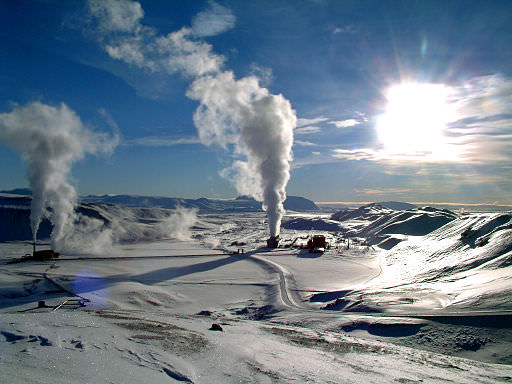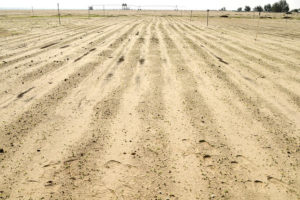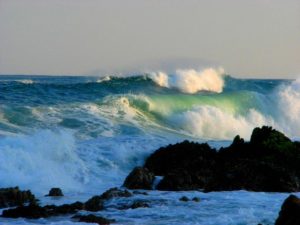Hot Rocks Are a Core Asset
Deep in the earth's crust, hot rocks accessible through new engineering techniques are second only to hydroelectric schemes as the most productive source of renewable energy, with huge potential to cut greenhouse gas emissions.
By Paul Brown, Climate News NetworkThis piece first appeared at Climate News Network.
LONDON — Many countries with volcanoes have long used hot rocks and steam to generate electricity, but new engineering methods promise a boom in geothermal energy.
The deeper you drill into the Earth’s crust, the hotter the rocks get — and the heat that is radiating upwards from the core of the planet is constantly replaced. Japan, Iceland, Italy, New Zealand and the US, among other nations with volcanoes and hot underground water, have long exploited this for generating electricity and heating.
But now engineers have found that they do not need to look for naturally-occurring hot water. They can inject cold liquids into the hot rocks and bring it back to the surface through a second borehole to generate electricity. Unlike other renewables that can be variable, the hot rocks produce constant power 24 hours a day.
Drilling techniques
The temperature increases by 30ºC for every kilometre further underground. At a depth of between 3km and 10km, which can be reached with modern drilling techniques, temperatures exceed 150ºC, depending on location. This is hot enough to power a geothermal power station.
France, Australia, Japan, Germany, the US and Switzerland are already building experimental plants using what is called enhanced geothermal technology. An Atlas of Geothermal Resources of Europe shows that there is potential in 28 countries in Europe to develop plants.
One study just published in Spain by Platforma SINC, using information from the atlas, shows that the country could in theory produce five times the electricity it needs solely from geothermal. A report by the University of Valladolid (UVa), in the journal Renewable Energy, says that while Spain has no geothermal plants at present, the technology could provide all the nation’s needs.
Enhanced geothermal systems involve fracturing hot rocks by injecting cold liquids into them, causing rapid expansion similar to the force of an explosion. Afterwards, the liquid is brought back to the surface and the heat is used to generate electricity.
Once the system is operating, the water or other liquid is cooled on the surface and is then re-injected back into the rock in a closed loop.
Enormous potential
César Chamorro, one of the authors of the study, said the hot rocks in Spain “are distributed widely and uniformly, meaning they have enormous potential and could supply significant power in the medium or long term, 24 hours a day, constantly”.
If Spain used 10km-deep boreholes, Chamorro says, the 700GW of electricity indicated in the study “represent approximately five times the current electrical power installed in Spain, if we add together fossil fuels, nuclear and renewable power”.
The potential for power is reduced considerably for shallower boreholes — 190GW for boreholes 7km deep and 30GW for between 3km and 5km — but this is still the equivalent of 30 large power stations.
A life-limiting factor for the technology is that the constant injection of cold liquid into hot rocks gradually cools them, despite the constant heating from below. This is estimated to be 10ºC heat loss over a 30-year period, which might render the station uneconomic after that time.
If less hot water was extracted, allowing the heat of the rocks to regenerate, the system could be sustainable, although it would produce less power.
Your support matters…Independent journalism is under threat and overshadowed by heavily funded mainstream media.
You can help level the playing field. Become a member.
Your tax-deductible contribution keeps us digging beneath the headlines to give you thought-provoking, investigative reporting and analysis that unearths what's really happening- without compromise.
Give today to support our courageous, independent journalists.






You need to be a supporter to comment.
There are currently no responses to this article.
Be the first to respond.